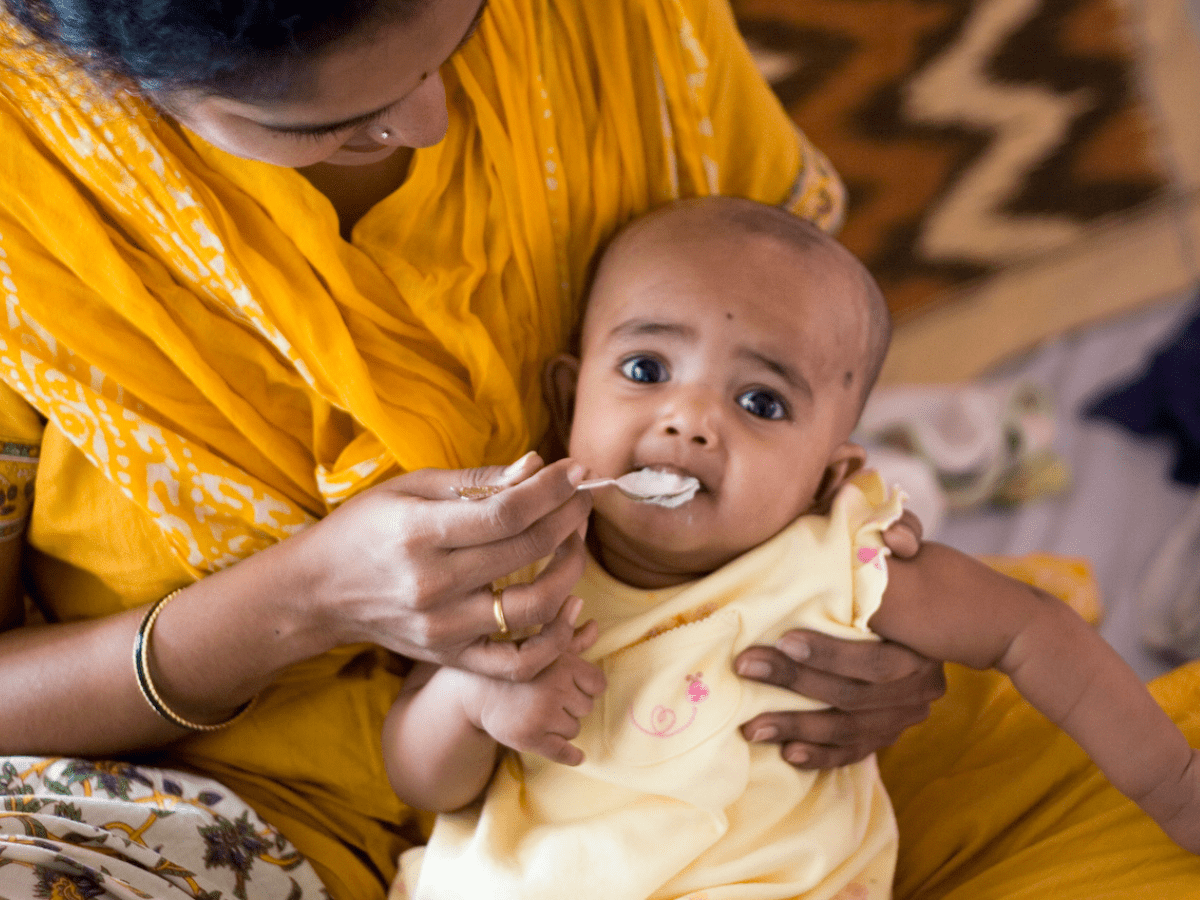
The number of malnourished children is becoming bigger in Gujarat, which is regarded as a ‘developed state’.
Gujarat has seen a dramatic increase in the number of malnourished children during the course of COVID-19. In contrast to metropolitan regions, the increase has been more evident in tribal and rural communities.
Women and Child Welfare minister Vibhavariben Dave informed the state House that the tribal area of Dahod had 18,326 malnourished children as opposed to 2236 in the Ahmedabad district in answer to a question posed in the Assembly by Congress Legislator Jignesh Mevani. There are eight times as many malnourished children in Dahod as there are in Ahmedabad, the New Indian Express reported.
In Dahod, there are 18,326 malnourished kids between the ages of 0 and 6 years old. In Dahod, there are 5,101 underweight children, compared to 497 in Ahmedabad.
In the last two years, Dang district has recorded 575 malnourished children, whereas Narmada as a whole had 2,443 malnourished children. The bulk of people in the Dashod, Narmada, and Dang districts are tribal.
Also, 497 children in Ahmedabad are classified as ‘severely underweight,’ while 1,739 youngsters are classified as ‘underweight’ according to statistics made accessible by the government. 13,225 children in Dahod are classified as ‘underweight,’ and 5,101 as ‘severely underweight.’
However, the government blamed COVID-19 for the rise in malnourished children, claiming that “it is currently impossible to ascertain whether the number of malnourished children has increased or decreased” because “most ‘Anganwadis’ (a type of rural child care centre started by the Indian government) were closed on March 2020 and were re-opened only on February 2022 due to the pandemic.”
The response of social workers, according to the report, who have spent years working in Dahod and tribal areas disagree with the government.



